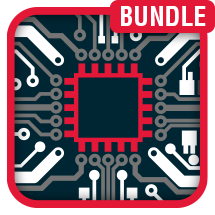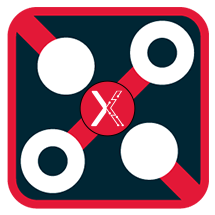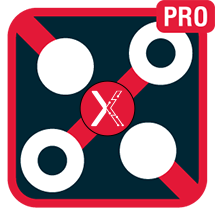Store Home > All Products > How to Understand and Repurpose an Existing Design
Menu
$25.00 $0.00
Time to market is critical for any successful product to launch. Nowadays, it’s common to reuse portions of known circuitry to focus on developing new technology. Utilizing reference designs is a quick and easy way to repurpose verified circuitry and expedite your design process. This intellectual property often comes directly from manufacturers but the likelihood of matching exactly with your design specifications is slim. Understanding why design decisions were made will help you adapt reference designs to meet your needs and save precious design time. This course will perform a design review of a Maxim Integrated reference design to determine which design decisions are important, why they were made, and what to look out for when incorporating this circuitry into a new design.
Once you purchase this course, you will be able to access it through your My Account page.
This course will take approximately 1 hour to complete.
About the Instructor
Kirsch Mackey has dedicated his career to helping engineers who want to have an impact on designing the world of tomorrow. To achieve this vision, Kirsch teaches people how to master the advanced skills necessary to design their own innovative printed circuit boards. As a professional electrical systems engineer, Kirsch specializes in printed circuit boards and power electronics control. He is certified in Cadence OrCAD and earned his degree in electrical & electronics engineering (MSc. EEE) from The University of Arkansas. Kirsch is using data, machine learning, and artificial intelligence to supplement research for his Ph.D.
How to Understand and Repurpose an Existing Design is a Kirsch Mackey course that will help you work more efficiently and productively by utilizing existing reference designs. Many component manufacturers provide reference designs, and this course will help you get the most benefit out of them.
Lesson 1: Understanding the Schematic
To understand the PCB layout, you need to understand the design plan first. In this lesson, you will learn how to decipher any schematic.
Lesson 2: PCB Part Placement
Part placement sets the stage for every step in any PCB design. In this lesson you will understand where the parts were placed in the PCB layout and why.
Lesson 3: Outer Signal Layers
Outer signal layers have low-speed signals routed with intent. In this lesson, you will understand design decisions for routing the signals on the outer layers.
Lesson 4: Ground Plane
The most helpful net on most PCBs is the ground. In this lesson you will understand what design decisions the engineers made to optimize the ground net.
Lesson 5: Inner Signal Layers
Inner layer signals are treated differently in the design than the outer layer signals. In this lesson you will learn what factors cause engineers to put certain signals on the inner layers instead of the outer ones and why you might consider doing so as well.
Lesson 6: Power Plane
The power plane is no different from the ground plane in terms of usability. In this lesson you will understand how any voltage reference plane can act as a return path for signal traces and why it should be treated with care.
Lesson 7: Adapting a Reference Design to Future Designs
When reusing portions of a design, it’s not enough to know how engineers made certain design decisions. In this lesson, you will learn what factors to consider and why when repurposing reference designs to suit your needs.



Over 30 years’ experience helping engineers design, validate, and build hardware successfully.